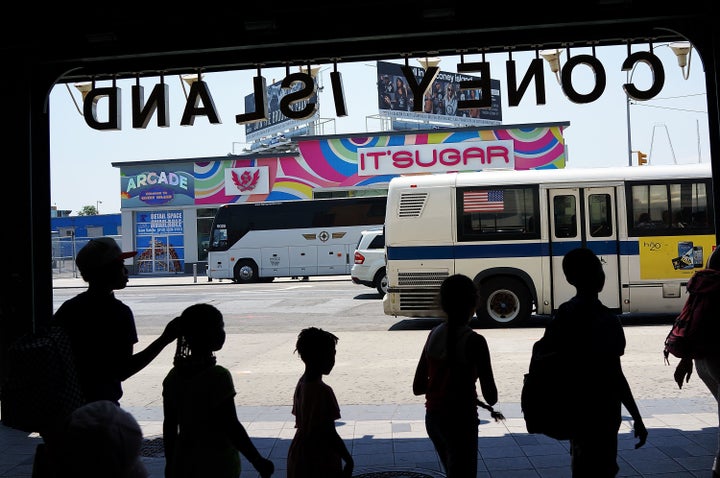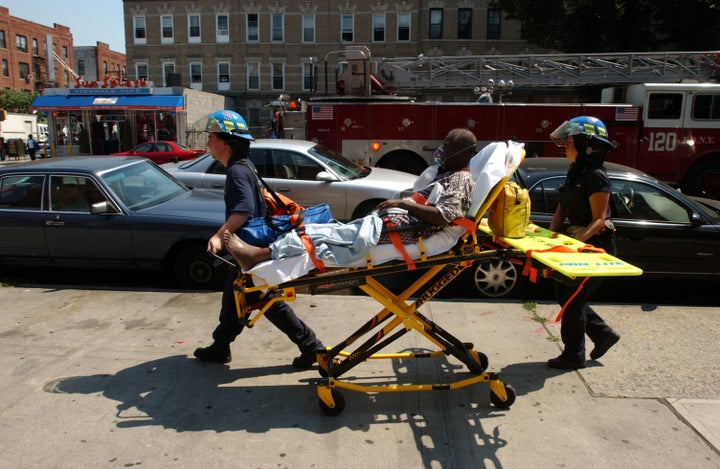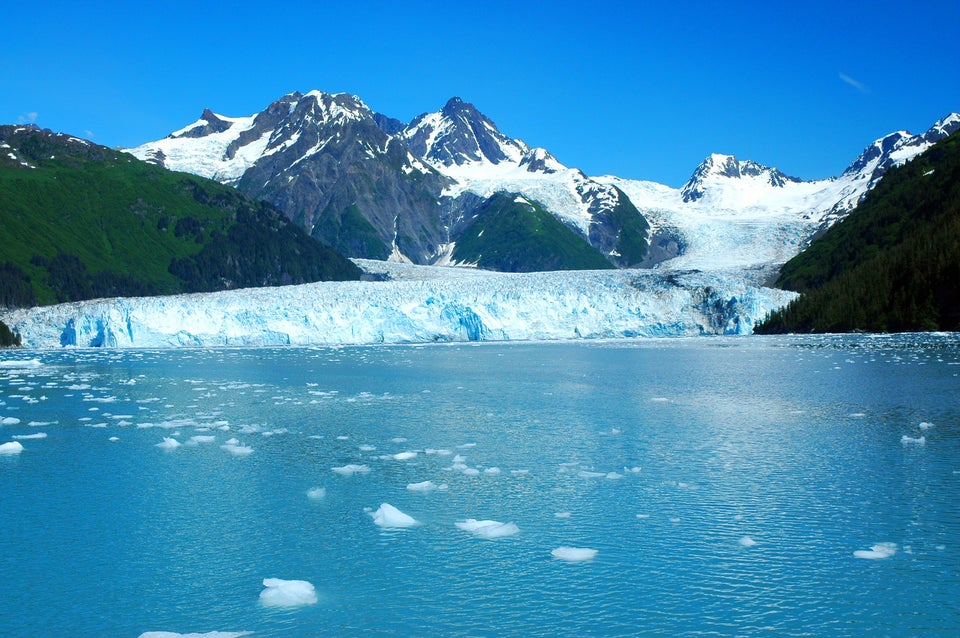
Every summer, New York City’s roughly 6,000 miles of paved roads transform certain neighborhoods into ovens as black asphalt soaks up the heat and radiates it back up.
Now one Brooklyn lawmaker is taking a step to try to change that.
City Councilman Mark Treyger plans to introduce legislation Wednesday that would mark the first step toward coating some residential streets in the five boroughs with a light-gray sealant that would reflect the sun’s rays and mitigate the so-called urban heat island effect.
Such a coating, developed for military air bases, is just one small way to reduce heat islands. Planting more trees, creating parks and covering rooftops with gardens are other effective techniques. But reflective seals on streets can decrease surface temperatures by up to 30 degrees on hot days, a difference that could mean life or death for the hundreds of mostly poor New Yorkers hospitalized each year for heat-related illness.
“We need to start implementing common-sense and practice initiatives at this hour,” Treyger, a Democrat, said by phone Tuesday.
The bill orders the city’s Department of Transportation to study the “feasibility of applying to the surface of city streets sealcoat or any other material that has the effect of reflecting sunlight and lowering street surface temperatures.” The legislation would take effect immediately, setting a Jan. 1, 2020, deadline for the study.
It’s part of a suite of legislation and regulatory moves by the nation’s largest and most economically influential city to prepare for rapidly worsening climate change. New York is a textbook case of vulnerability to climate change. That’s partly due to its aging infrastructure and coastal location, making it susceptible to sea-level rise and vicious storms. But it’s also because of the city’s chasmic income gap and rising cost of living, which make life in the city, even in normal environmental conditions, challenging for anyone who isn’t rich.
While lawmakers in Washington are debating a Green New Deal that aims to direct billions of federal dollars toward climate-friendly infrastructure across the nation, local efforts that could be replicated elsewhere are finding new urgency.
“We have an obligation to our generation, the next generation and future generations to reduce the impact of climate change now,” Treyger said.

Upward of 600 people across the country die of heat-related causes each year, according to U.S. Centers for Disease Control and Prevention data. In New York City, heat causes an average of 450 emergency room visits each year and more than 100 deaths. As Grist reported last year, nearly half of those deaths were African-Americans, despite being just 25 percent of the city’s population.
The real death toll may be much higher, according to a report last year from the New York City Environmental Justice Alliance. At least one 2016 study found that heat-related deaths in the city could top 600 per year.
“Extreme heat is increasingly the most urgent climate issue that the communities we serve are facing,” Annel Hernandez, associate director at Environmental Justice Alliance, said by phone. “It really sets itself up to be a climate disaster.”
Los Angeles declared itself the first city to use pavement-cooling coatings on roads in 2017. The city began testing the use of a substance known as CoolSeal, a light gray coating that reflects the sun’s rays, in 2015, The Washington Post reported at the time.
The New York bill does not specify a sealant, but the coating used in Los Angeles, which Treyger credited as his inspiration, is produced by the California-based company GuardTop. The firm began developing the product six years ago at the request of a defense contractor seeking material to cool pavement for airplane runways and make it harder to infrared spy satellites to detect military sites, said Laura Koleas, president and co-owner of GuardTop.
Since painting over 15 residential streets in heat-island neighborhoods of Los Angeles, the company has coated asphalt in the Crystal City neighborhood of Arlington, Virginia; in school districts in San Diego; and on several streets in Melbourne, Australia.
“Extreme heat is increasingly the most urgent climate issue”
- Annel Hernandez, New York City Environmental Justice Alliance
But the material ― a double coating, which the company said costs about $62,000 per mile in Southern California and lasts for seven years ― is limited.
“It’s not something you would put on high-traffic streets or high-speed streets,” Koleas said.
Research cited in a 2017 Environmental Protection Agency report found that if 35 percent of Los Angeles’ streets were coated with reflective surfacing, air temperatures could drop by 1 degree Fahrenheit.
“If every residential street were coated with a cool pavement, even slight temperature reductions would save lives from heat stroke and such,” Koleas said.
If the New York City bill passes, it would be the latest high-profile attempt by the city to mitigate climate change.
In January, Councilman Costa Constantinides introduced a bill mandating the city come up with a plan to shutter its 24 oil- and gas-burning power plants and replace them with renewable sources of electricity. Two months earlier, the same Queens lawmaker proposed legislation to cut emissions from buildings over 25,000 square feet by 80 percent by 2050, laying the groundworks for what advocates dubbed a “Green New Deal for New York City.”
In December, New York City Comptroller Scott Stringer announced a “significant next step” toward divesting the city’s $200 billion pension funds from the oil and gas sector roughly a year after promising to do so. In January 2018, Mayor Bill de Blasio sued five major oil companies over infrastructure damage linked to climate change. A federal judge dismissed the suit in July, but California and seven other states backed New York City’s appeal in November.

